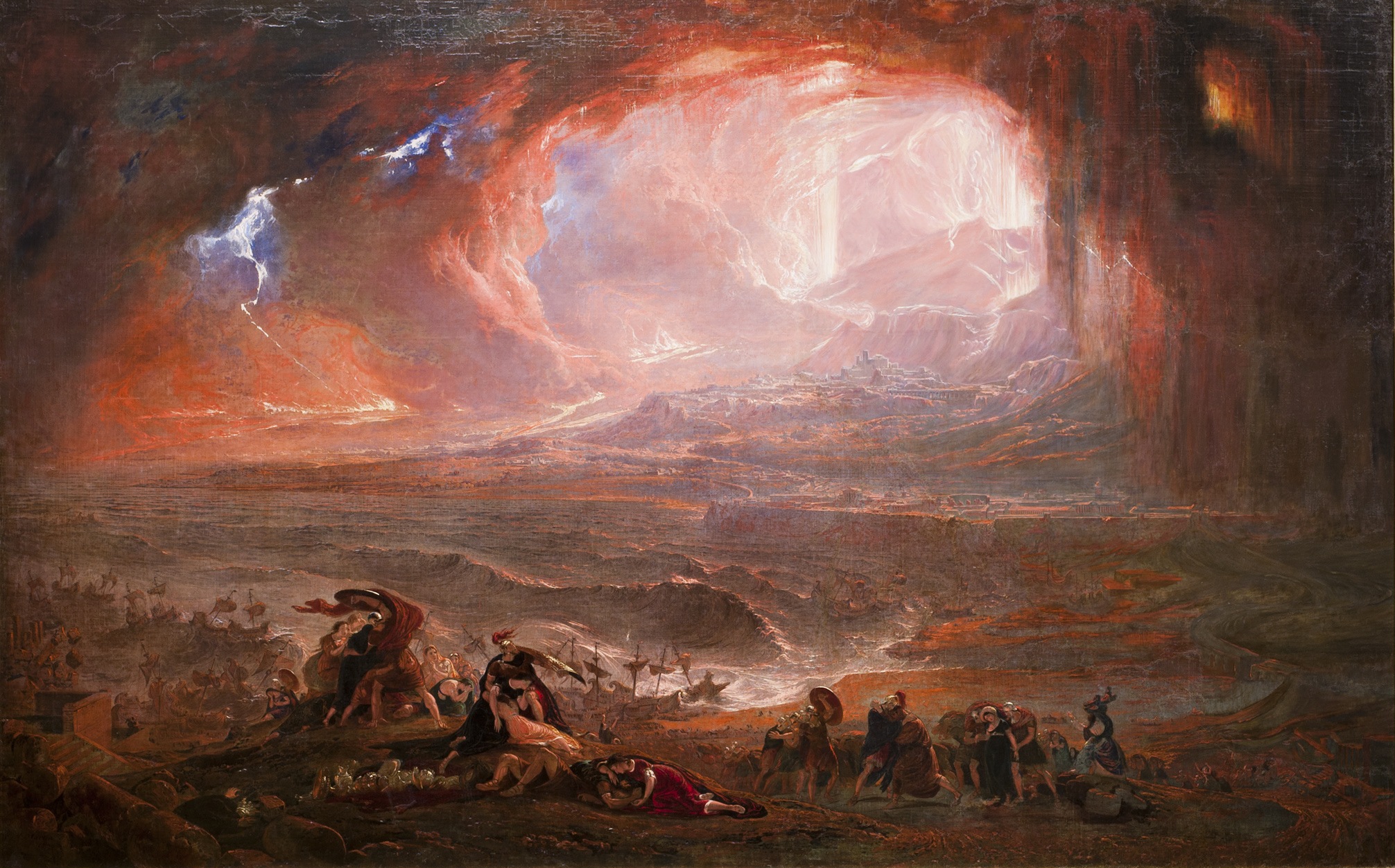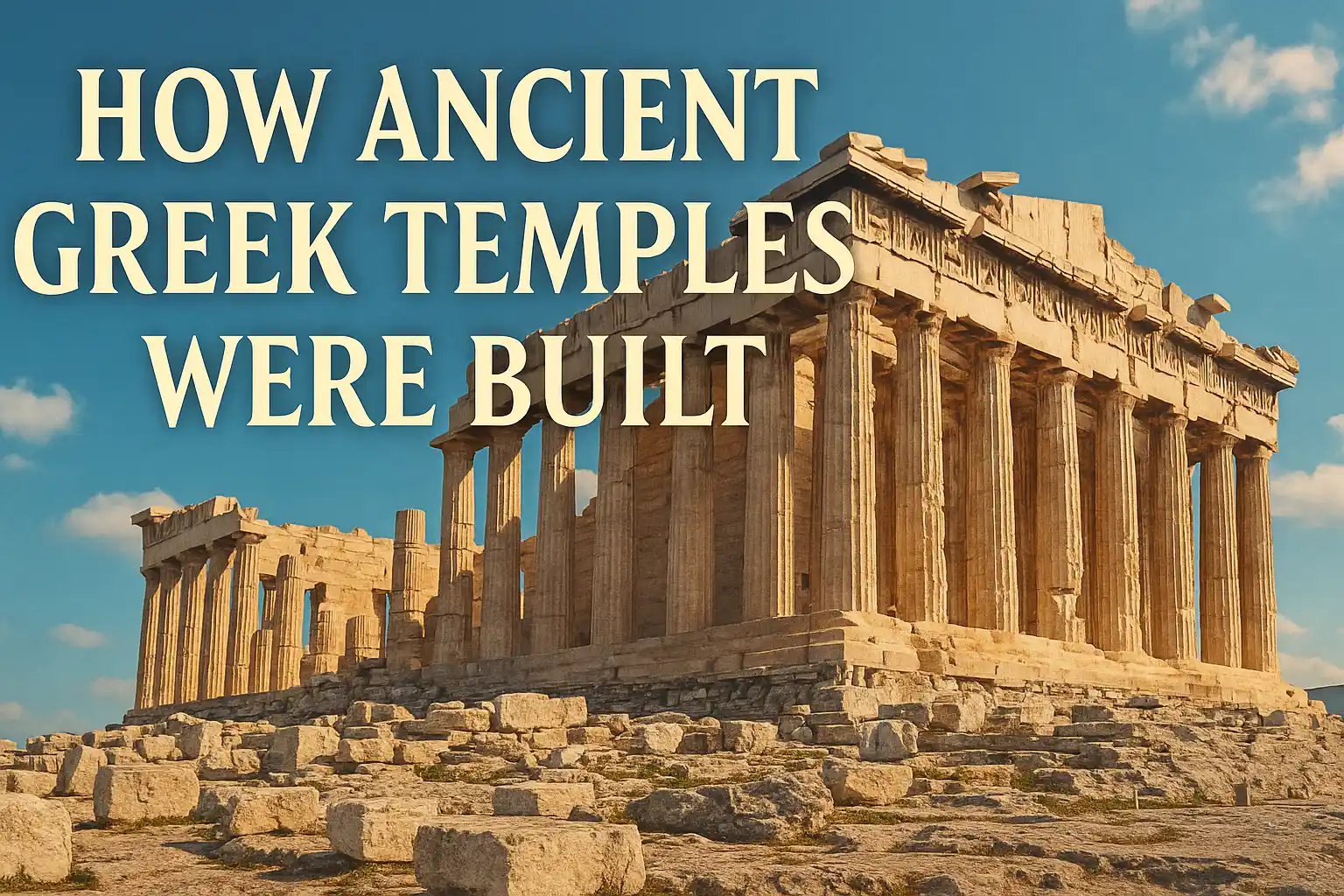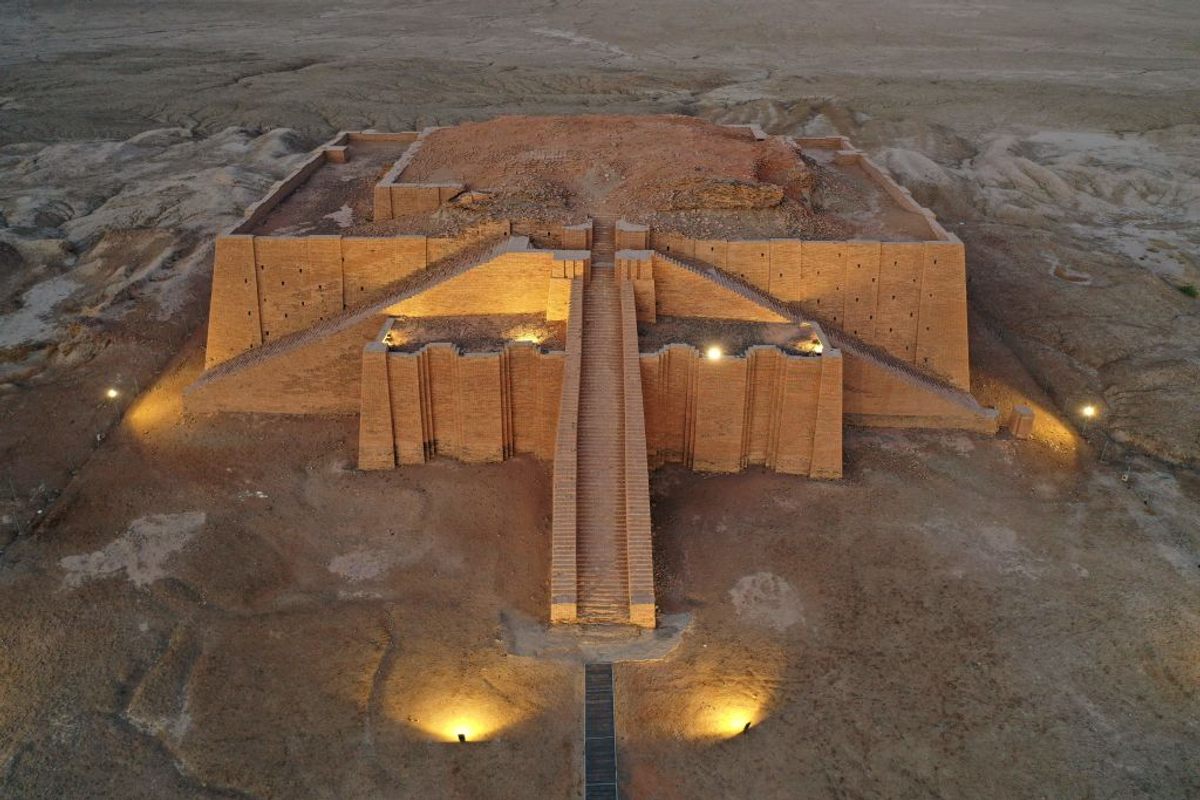
In the scorching deserts of southern Iraq, beneath the ancient city of Ur, one of archaeology’s most astounding discoveries emerged during the 1920s. British archaeologist Leonard Woolley and his team, excavating what is now known as the Royal Cemetery of Ur, unearthed a tomb more opulent and mysterious than any ever found in Mesopotamia. Adorned in layers of gold, lapis lazuli, and carnelian, the skeleton inside wore the splendor of absolute authority. But what truly shocked the world wasn’t the wealth — it was that this royal tomb belonged to a woman.
Her name was Queen Puabi, and the Queen Puabi tomb continues to raise questions that ripple through both historical and modern understandings of power, gender, and sacred ritual. Was she a sovereign ruler? A high priestess? Or both? And what does her elaborate burial — accompanied by nearly 100 others — say about Sumerian beliefs in the afterlife?
Today, nearly a century after its discovery, Puabi’s tomb is more than just an archaeological site. It is a cultural portal, offering a rare and powerful glimpse into the ancient world of Sumer — a civilization that shaped the foundations of law, language, religion, and hierarchy as we know it.
The Historical Enigma of Queen Puabi
Puabi’s name appears on a cylindrical seal unearthed beside her remains, engraved with the Sumerian titles “nin” or “eresh,” both of which translate as “lady,” “queen,” or “high priestess.” But what truly captured the attention of scholars is that this seal omits any mention of a husband or king. This subtle omission, uncommon in Mesopotamian records, has led some historians to argue that Puabi may have ruled in her own right — a female sovereign during the First Dynasty of Ur (circa 2600–2400 BCE).
Most elite women in Mesopotamia were recognized by their husbands’ titles, functioning as ceremonial representatives of the state. Puabi, however, seems to stand apart. Whether she was a queen by blood or marriage, or whether she governed as an autonomous figure, remains a matter of scholarly debate. What is certain is that she wielded considerable power — political, spiritual, or both.
According to Encyclopædia Britannica, her name in Akkadian means “Word of my father,” possibly suggesting lineage or divine sanction, both of which were key components of rulership in ancient Sumer.
A Tomb Fit for the Gods
The Queen Puabi tomb was unlike anything discovered before. Within its stone-lined chamber lay the remains of a woman in her forties, surrounded by a staggering array of funerary goods. She wore a headdress made of finely hammered gold leaves and floral ornaments. Golden rings adorned her fingers, and a broad golden belt with interlinked loops circled her waist.
Archaeologists also discovered an immense quantity of personal objects: elaborate necklaces, bracelets, earrings, and a set of gaming boards believed to be used in courtly entertainment. A wheeled chariot—possibly symbolic of divine or royal transport—rested beside her, along with a silver lioness-head sculpture that may have been part of a musical instrument or ritual object.
The most iconic item found was her gold and lapis lazuli lyre, considered one of the oldest surviving stringed instruments in history. This artifact, now housed in the British Museum, reflects both artistic brilliance and spiritual symbolism — music was believed to guide the soul on its journey to the afterlife.
The tomb’s grandeur, rivaled only by Egyptian royal burials, has led many scholars to consider Puabi not just an elite figure but a deeply sacred one — perhaps even revered after death.
Ritual Sacrifice and Servitude in Death
As spectacular as Puabi’s burial was, what lay around it was equally, if not more, disturbing. Woolley’s team uncovered multiple mass burial pits adjacent to the tomb, containing the remains of nearly 100 individuals — mostly women, but also several men and at least six guards.
Some of these bodies were found in organized rows, wearing ornaments of gold, silver, and lapis lazuli. Three young women, found inside the burial chamber itself, lay closest to Puabi’s remains. These were likely her most trusted attendants, given the finery and central position of their skeletons.
The cause of death has been a subject of intense study. Initially thought to be willing participants who consumed poison in a sacred rite, further forensic analysis revealed blunt trauma on several skulls, suggesting they were killed with a heavy instrument — possibly the same tool discovered at the site.
This brutal detail points to the practice of ritual sacrifice, a tradition believed to reflect Sumerian concepts of loyalty, cosmic order, and the eternal service of rulers in the afterlife. Much like the retinues of pharaohs in ancient Egypt, Puabi was not expected to journey alone into the next world.
For context on ritual sacrifice across ancient civilizations, Smithsonian Magazine offers a compelling comparative perspective.
Music, Ceremony, and Sumerian Belief
In Mesopotamian culture, funerary rites were rich with symbolism. The presence of lyres and other instruments suggests that music played an essential role in royal death ceremonies — possibly guiding the deceased into the realm of the gods, or reenacting divine myths about death and rebirth.
Puabi’s attendants were not buried in haste. Their placement, posture, and regalia reflect a ceremonial order. Musicians may have played during the funeral, only to be killed afterward as part of the sacred performance. Jewelry on these women was intentionally displayed, and some held cups, perhaps remnants of a final ritual toast.
This reinforces the idea that Puabi’s burial was a cosmic event, not just a political one. It symbolized the continuation of royal duty in the divine realm. The queen’s afterlife was to mirror her courtly existence — complete with guards, musicians, and servants.
The Gender Question: A Female Ruler in a Male World?
If Puabi did indeed rule independently, she would have been one of the earliest documented female leaders in world history. Her seal, while brief, gives her title prominence over any male figure — a rarity in Mesopotamian legal and ceremonial documentation.
This possibility has invigorated modern debates around gender roles in ancient civilizations. In a culture that gave rise to complex legal systems (such as the later Code of Hammurabi), Puabi’s reign would suggest that elite women could hold sovereign or semi-sovereign roles far earlier than once thought.
You can explore similar developments in Mesopotamian law and gender dynamics through this related Maxmag.org article on Hammurabi’s Code.
Rediscovery and Legacy
Nearly a century after Woolley’s original excavation, interest in the Queen Puabi tomb remains strong. Advances in forensic archaeology, 3D imaging, and genetic analysis continue to provide new insights into the remains and artifacts. Some researchers are now exploring whether DNA could confirm her lineage or link her to other royal figures of the time.
Puabi’s story has also entered popular culture. Exhibits in the U.S. and U.K. have drawn large crowds, and her image has appeared in documentaries, children’s books, and educational materials. She is increasingly viewed not just as an artifact of the past, but as a figure of timeless fascination — a queen, priestess, and possibly ruler whose death still speaks volumes about life in ancient Mesopotamia.
The University of Pennsylvania Museum continues to lead research on Puabi’s tomb and the Royal Cemetery of Ur, preserving her legacy for future generations.
Frequently Asked Questions
Who was Queen Puabi?
Queen Puabi was a powerful Sumerian figure from Ur, around 2400 BCE. She may have been a queen, priestess, or ruler in her own right, known for her lavish burial.
What was found in Puabi’s tomb?
The tomb contained her remains, an array of gold and gemstone jewelry, musical instruments, a chariot, and nearly 100 sacrificed attendants buried nearby.
Why is Queen Puabi important?
Her tomb provides insight into early Mesopotamian religion, gender roles, and social hierarchy. It may also be the first evidence of a female ruler in the region.
Where are Puabi’s treasures today?
Many of her burial artifacts are displayed in the British Museum and the Penn Museum in Philadelphia.
Were the people buried with her murdered?
Most likely, yes. Skull fractures and forensic evidence suggest many were bludgeoned or poisoned during the funeral rituals.
What does her name mean?
In Akkadian, “Puabi” translates to “Word of my father,” which may imply divine or royal lineage.






